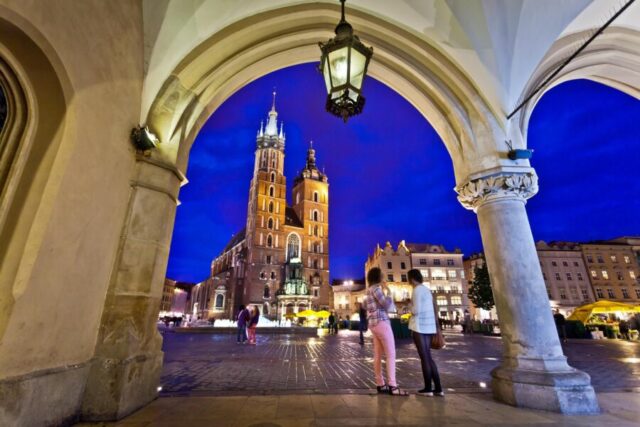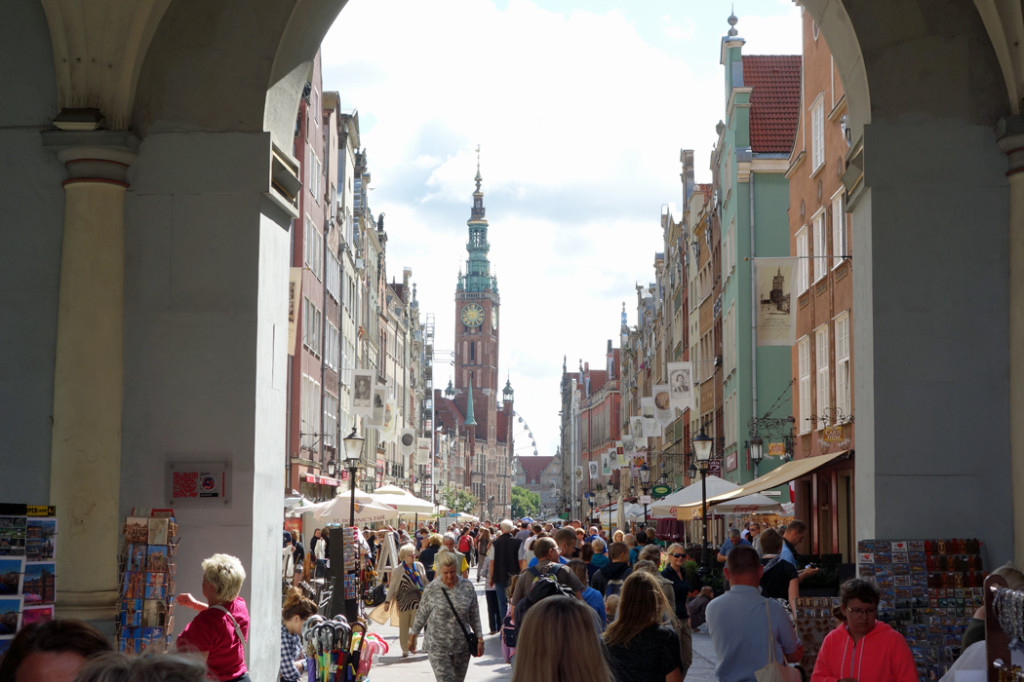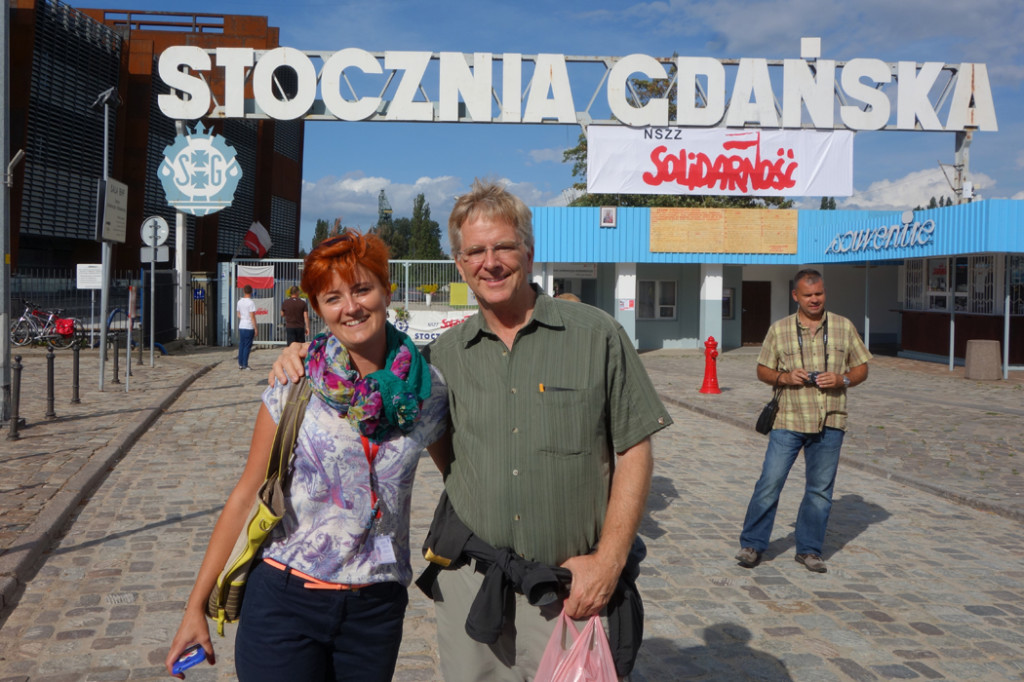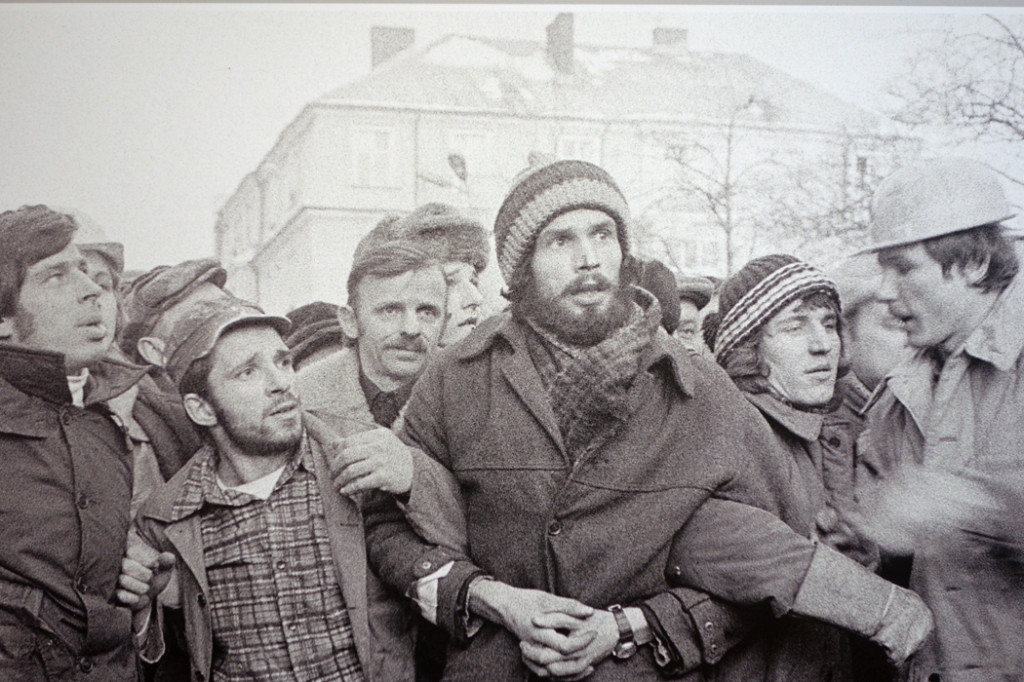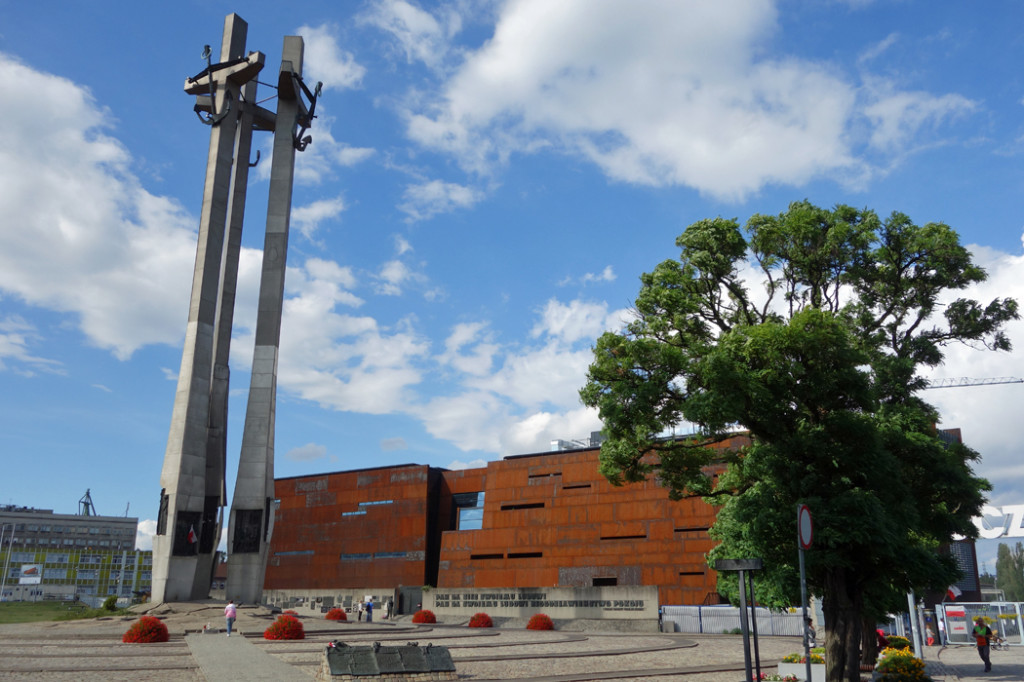One summer evening, the American president ordered a park next to the White House to be cleared of peaceful protesters. He had just declared himself “the law and order president” and announced his intent to mobilize the US military to subdue dissent across the country. And he was about to show off with his own display of force.
The militarized police’s rubber bullets and choking gas drove back throngs of people who were in Lafayette Park lawfully, to protest police brutality. Once the smoke cleared, that president marched through the park, with an entourage of sycophants, and stood before one of the most historic churches in America. There he held up a Bible for a cynical photo op. He brandished the book (upside-down) as if he had never read it. “Is that your Bible?” a reporter asked. “It’s a Bible,” he replied with a smirk.
If I described this scene even a few years ago, you would never have believed that it was real. And yet here we are. As a Christian and a humanitarian, this scene offends me deeply. And as a privileged white man in America, the events of the last week have been a painful but important reminder that so many Americans are denied the basic rights that people like me take for granted every day. To me, “law and order” should mean that Black Lives Matter and all Americans deserve equal protection under the law.
Challenging times — like right now — call for strong leadership: a voice of unity, compassion, and mutual understanding. True leadership is nonpartisan, and in my lifetime, I’ve seen both Democrats and Republicans succeed in bringing together a fractured nation. But that’s not what we have today.
Two years ago, I produced a public television special called The Story of Fascism in Europe. I was driven by what I saw as uneasy parallels between our current political reality and the climate in 1930s Europe that gave rise to Hitler and Mussolini, and by my belief that we need to learn from that history. Today, those parallels have become impossible to deny.
The first 15 or 20 minutes of the special, as the seeds of fascism are planted in Germany and Italy, feel especially relevant in today’s America. Notice how the militarization of police and the scapegoating of “others” are textbook stepping stones in tipping a nation toward authoritarianism. Pay attention to Hitler’s “Brownshirts” and Mussolini’s “Blackshirts” — goon squads who hijacked otherwise peaceful gatherings to stoke dissent. Tune into how they called into question the legitimacy of a democratic system; how they, too, held up an unread Bible; and how they reassured supporters by offering simple solutions to complex challenges. Pay attention to how a fascist takes advantage of a crisis — or several — to consolidate power and to sow fear and chaos. And remember how Hitler and Mussolini both insisted that they, alone, had the answers for all of these problems. As they say, history may not repeat itself. But sometimes it rhymes.
One thing I learned as I researched and produced this special is that there are pivotal moments in a nation’s history when good and caring people can stand up against the rising tide of anger and fear that can lead to fascism. Or they can be complacent and wake up having lost their freedom. Our country is not too far gone…yet. But these coming weeks and months would be a good time for anyone who remembers the fate of Europe in the 1940s to organize, speak out, and vote in a way that helps keep us off that course.
For starters, be sure you and your loved ones, friends, and neighbors are registered to vote. (And during a pandemic, consider requesting an absentee ballot.) https://vote.gov/
Many ask, “What can I do?” Here’s one answer: In response to the systemic racism woven into our democracy, and to let the murder of George Floyd inspire us to bring something positive to our troubled society, this month my company is donating $50,000 to Lawyers and Collars, an initiative spearheaded by Sojourners that is working to defend voter rights in states where people of color are targeted. The goal: to support 1,000 black pastors and their allies who are ready in key states to protect the vote. In Alabama, Florida, Georgia, Michigan, North Carolina, Ohio, and Pennsylvania, they will mobilize their congregations and communities. If you’d like to join us, with even just a small donation, you can do it here: sojo.net/LCRS
Those of us who have the privilege of traveling to Europe have been blessed with an opportunity to get to know other societies — including ones that have lived through fascism — and to learn from them. Let’s bring those lessons home, and let’s do our best to provide grassroots leadership, as we find a way to heal our fractured country — with compassion, empathy, and real progress.
Watch the one-hour special: The Story of Fascism in Europe.
